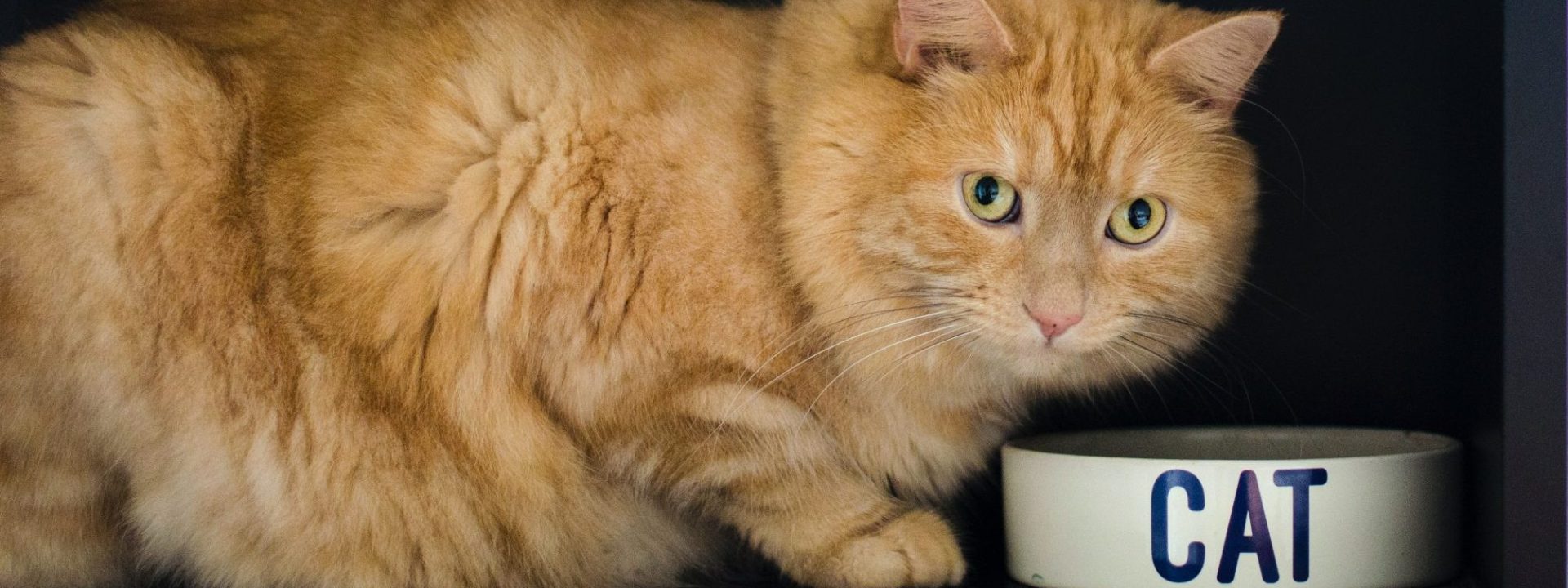We all know how important a proper diet is in our lives. By modifying it, we are able to lose or gain weight and even stop the progression of a disease.
But do we wonder what our animals eat? Do we delve into the composition of a random box of food that we grab from a store shelf?
Cats are obligate carnivores – they need meat to ensure the healthy functioning of their bodies. No other protein substitute can replace the ingredients that contain muscles, tendons and animal cartilage. However, I encourage you to look at the composition of the food with which you fill your cat’s bowl. What can we find in the most popular and widely advertised food? Meat of course – as much as 4%! In addition, some of this 4% typically contains the worst slaughterhouse waste (so-called animal derivatives). So what is in the remaining 96% of the feed? Grains, minerals, sugar…
By analysing the diets of feral, homeless cats and their wild, bigger relatives it is easy to conclude that all felines hunt other animals. Their food consists mainly of muscle meat, offal, cartilage, tendons, hair, claws and feathers. Possible elements of plant origin, i.e. grass and grain, can only be found in the stomach of the herbivore that the cat has hunted down and eaten. Therefore, it will be a small percentage of the meal in opposition to the content of popular market feeds.
So which cat foods are right for your cat?
The best cat foods are those with at least 60% meat content, grain-free, and with all ingredients clearly listed on the packaging. We should not be interested in any foods like the “meat morsels” sachets with chicken flavour that in reality contain only 4% of chicken in the composition, and it is not known what parts of it. Unfortunately, it is usually hard to find high quality food on the shelves in supermarkets – they are available mainly in online pet stores or in good traditional shops for animals.
So knowing that cheap market food is unhealthy for cats, why is it even produced?
Because grains and other fillers significantly lower the production costs allowing a dishonest producer to make better profits. In addition, a wonderful advertisement with a happy beautiful cat that licks their lips at the mere sight of a sachet, a “catchy” name, a wide range of “flavours” make the product popular all over the world. Unaware consumers buy it, and thanks to carefully selected flavour enhancers, cats eat given feed like crazy, and if the cat finds it tasty, the unconscious cat guardian concludes it means that the food is good. Do we think about eating at McDonald’s as healthy and nutritious? No. Do we like it? Usually yes. In the case of humans and cats fed on so-called “junk” food it is usually only a matter of time before the health or overall functioning of the body deteriorates.
How is it possible then that a cat survives on these foods if they are so bad?
The digestive system of herbivores and carnivores differs dramatically both anatomically and in terms of adaptation to the intake of appropriate nutrients and minerals. Cats have a carnivorous digestive system, which is completely unadapted to digesting grains. Therefore, they are only a clog that allows the cat to feel full, but all the necessary nutrients are added to the food in an artificial way, which in the long run has a negative impact on the cat’s body. Humans can also survive on instant noodles, right?
High-meat content food is more expensive – I can’t afford it.
High-quality foods indeed have a higher price than the grain-based ones, which is due to the composition of the food itself, i.e. obtaining the main ingredient: in the case of cheaper feeds – grains, meat waste and artificial minerals, and for the more expensive ones – meat, offal, tendons and cartilage. Ultimately, foods with 4% meat of unknown origin, compared to those containing 60% of real meat, seem to be even too expensive for what they offer. In addition, feeding them to your cat comes with the risk of many health problems in the future, so you may have to spend the money saved on food for the treatment of your pet. Moreover, it is worth mentioning that meat-rich food provides a more satiated meal, so the cat needs to eat less to feel full. As a result, their body produces less faeces, which can save you on buying litter. And finally, perhaps most importantly, you will provide your furry family member with a long, healthy, and hence happy life by your side.

